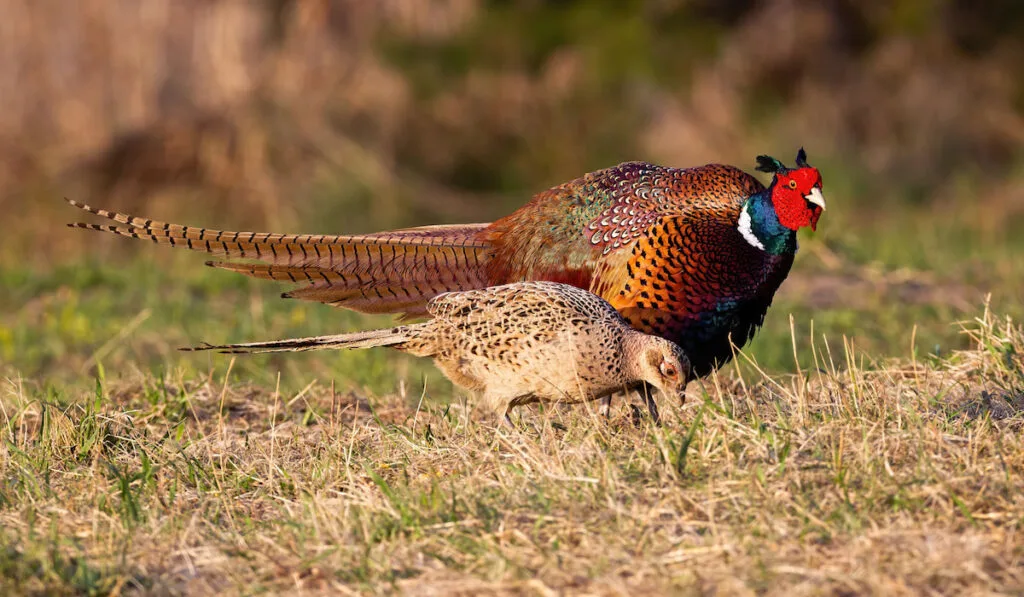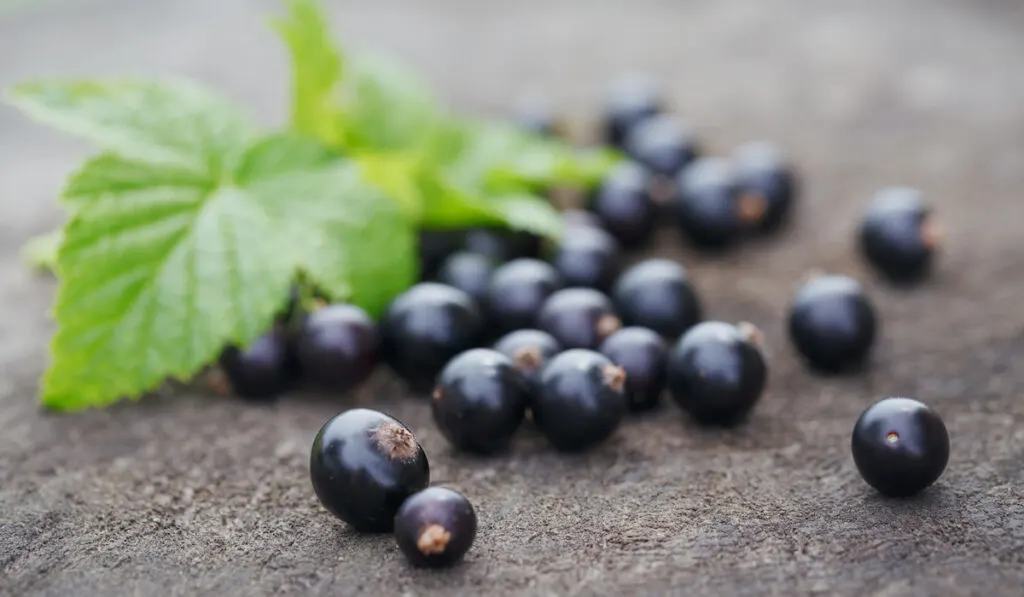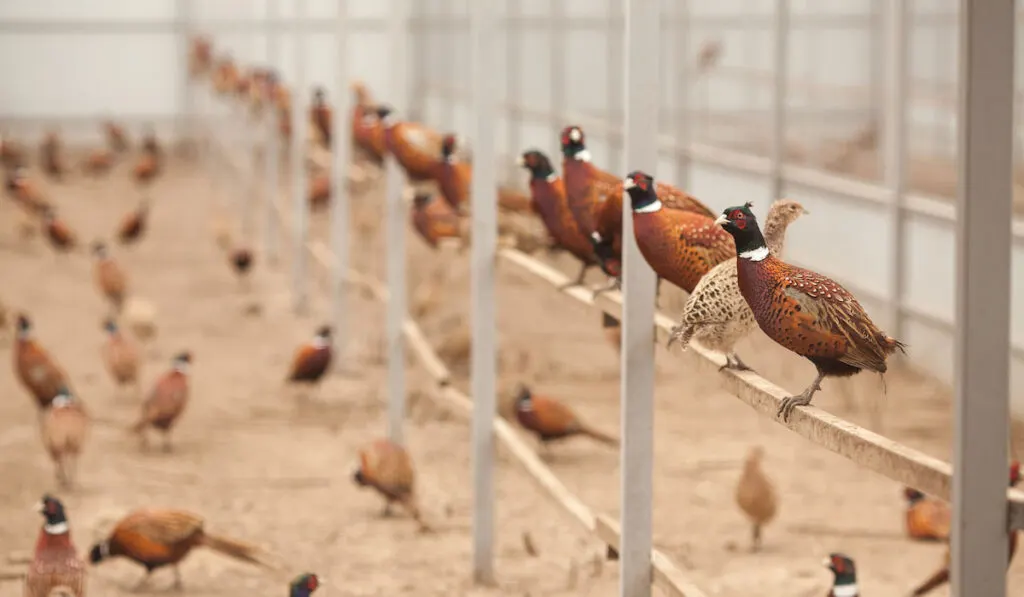Pheasants are large birds that belong in the Phasianidae family. Some birds that are closely related to them would be quail, partridge, grouse, and turkey.
According to research, there are at least 39 different species of pheasants including major ones like common pheasants, golden pheasants, Crested Fireback, Lady Amhearst’s pheasants, and green pheasants.
In some cultures, these long-tailed, majestic birds are considered spirits animals and kindred creatures.
For example, in China, they are being compared to the legend of the phoenix and considered a symbol of nobility.
Japanese people believe that pheasants are divine messengers of the great sun goddess, Amaterasu, while Native Americans perceived pheasants as a symbol of concealment and protection.

Whatever the case might be, it is no doubt that these beautiful birds bring color and beauty to the world around us.
Some people raise pheasants on their farms as pets. If you have the intention of doing so, the very first thing you should know is their diet.
Table of Contents
Foods Pheasants Eat
Unlike most birds, pheasant can be considered omnivores.
They could eat and will eat almost anything edible they could find on the ground. For example:
Insects And Invertebrates
When wild pheasants scratch the ground with their feet, they will look for insects and worms.
Sometimes, with their beak, they will peck for invertebrates like spiders, grasshoppers, caterpillars, worms, snails, beetles, and many more.
However, some species of pheasants might prefer other foods more than these small animals.
If you are raising pheasants in your land or farms, you can feed them live insects like crickets and mealworms.
Crickets and mealworms are easy to raise, clean, and don’t cost much compared to other live insects. Mealworms and crickets offer additional proteins and amino acids to pheasants.
Seeds And Grains
Pheasants love eating seeds. In fact, they eat different types of seeds like oats, grains, wheat, acorn seeds, buckwheats, sunflower seeds, barley, and other edible seeds.
As long as the seeds are not too big, pheasants can eat and digest them easily. They also love eating grains like barley, corn, millet, and rye.
Fruits And Vegetables

Aside from being a source of fiber, fruits and vegetables are very good for pheasants. For example, pheasants love red and blackcurrant.
These fruits are extremely nutritious and high in vitamin C. The amount of vitamin C in red currants is triple the amount found in oranges.
These fruits are also rich in potassium, iron, phosphorus, calcium, magnesium, zinc, vitamin A and B, and other traces of healthy elements.
When pheasants eat these fruits, it can boost their immune system while simultaneously protecting their internal body system from inflammation because of their antioxidant qualities.
Peanuts
Pheasants can eat peanuts and they love them. In fact, it is better to incorporate some peanuts into their diet.
This is because peanuts provide many supplemental nutrients such as protein, folate, niacin, thiamin, phosphorus, copper, potassium, and magnesium.
They are also high in mono-unsaturated fat, which is a type of healthy fat that helps reduce the amount of bad cholesterol in pheasants’ body.
Edible Plants
Edible plants are also one of the foods that pheasants love.
They will peck on any soft stems and leaves of plants that they find on the ground like spinach, salads, herbs, and any other ground plants.
If you are raising pheasants as pets, you can also feed them with dandelion leaves.
The leaves of dandelion are rich in vitamin A, B, C, K, and other supplemental minerals like calcium, iron, magnesium, potassium, zinc, and others.
They also contain a higher percentage of beta carotene, which is also found in carrots. If you want to go further, you can feed them with dandelion roots.
Roots from these plants help digestion and increase pheasants’ appetite.
Poultry Feed
Pheasants also eat poultry feed that can be bought in any poultry shop or hatcheries.
High-quality poultry should provide them with all nutrients they need like carbohydrates, protein, fats, vitamins, and other essential minerals.

Also, sprinkling some vionate (which is a nutritional powder supplement for pets) can also provide them with 21 essential minerals and vitamins.
Last but not least, be sure to keep their drinking water clean and fresh. Without clean water, they can not grow healthily.
How To Feed Pheasants
Feeding pheasants with the right amount of nutrients in their feed is crucial for their growth during their developmental stages.
It is estimated that they will consume around 2 pounds of feed during their first six weeks. Then, up until the 20th week, they consume around 1 pound of feed per week.
The total amount of feed they consume will be around 16 pounds for 20 weeks.
However, if you are trying to raise pheasants from chicks, focusing more on feed with a higher amount of protein is beneficial to accelerate their growth.
For example:
- For chicks age 0 to 3 weeks, pre-starter feed with 29% protein is the best option for them.
- From 3 to 7 weeks, feed them with starter feed with 26% protein.
- From 7 to 24 weeks, use grower feed with 20% protein.
- After 24 weeks, you can use maintenance food with a 14% protein content.
Simply put, the younger they are, the higher the amount of protein they need.
Final Thoughts
Overall, pheasants don’t have a strict diet or feeding habits like many other animals.
This makes it easier for anyone who wants to raise them as pets.
But if they are in the wild, what they eat would naturally be anything they can found in their habitats.
Resources
- https://www.pheasantsforever.org/Habitat/Pheasant-Facts.aspx
- https://animals.net/pheasant/
- https://marsicarruthers.wordpress.com/pheasant/what-do-pheasants-eat/
- https://www.kennedywildbirdfood.co.uk/british-birds-a-z/pheasant/
- https://russalgear.com/what-do-pheasants-eat/
- https://animals.net/pheasant/
- http://www.allandoopheasantry.com/new_treats_for_pheasants.html
- http://www.gbwf.org/pheasants/pheasant_diets.php
- https://www.pheasant.com/about-us/blog/feeding-pheasants
